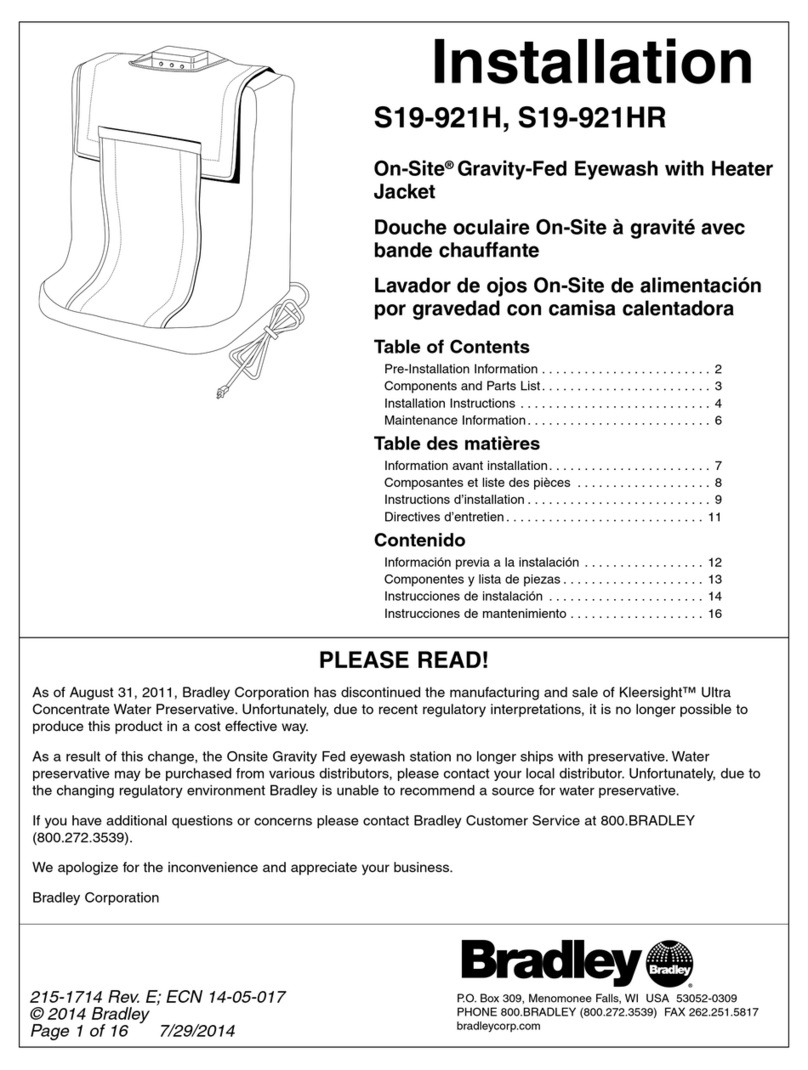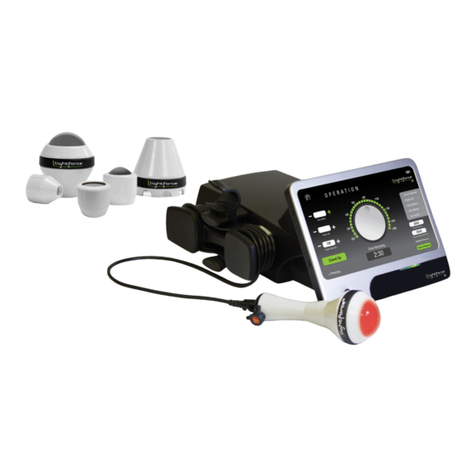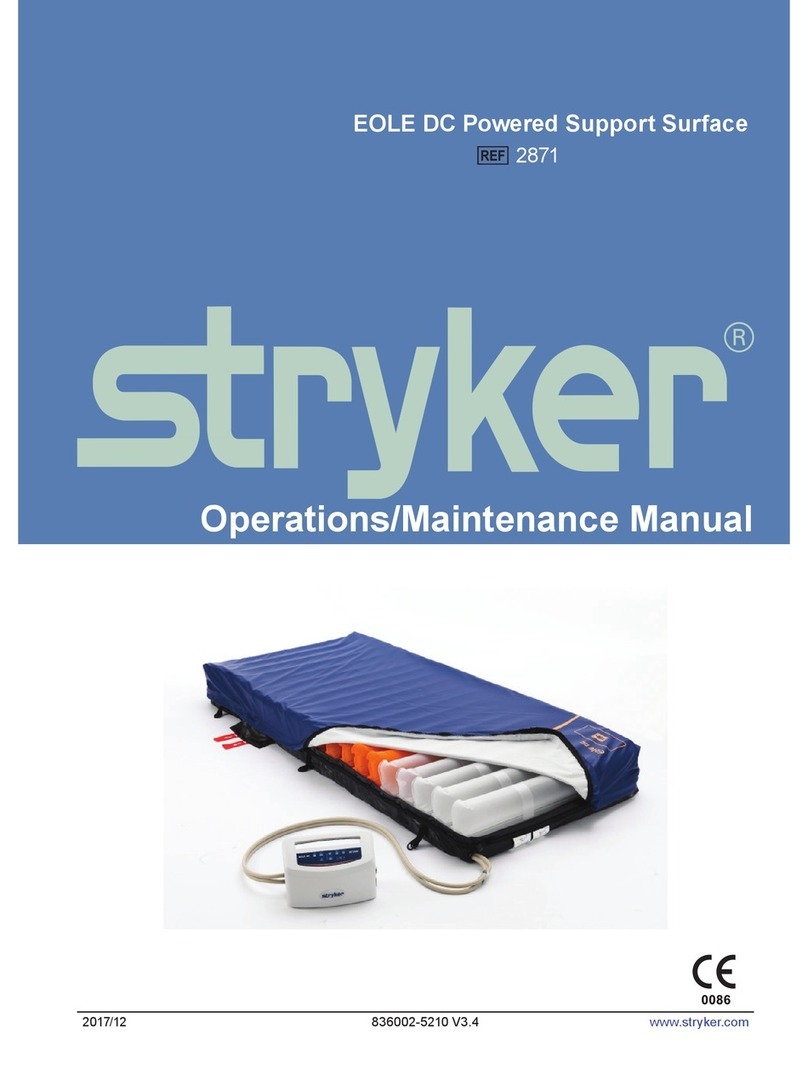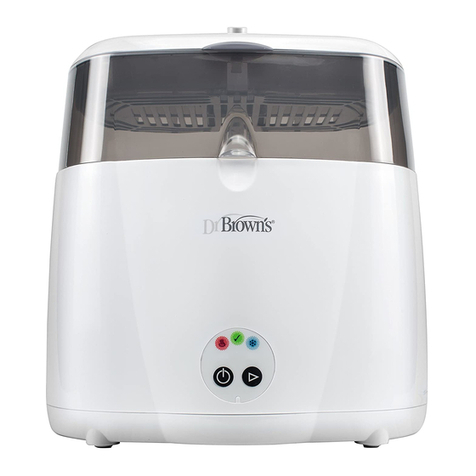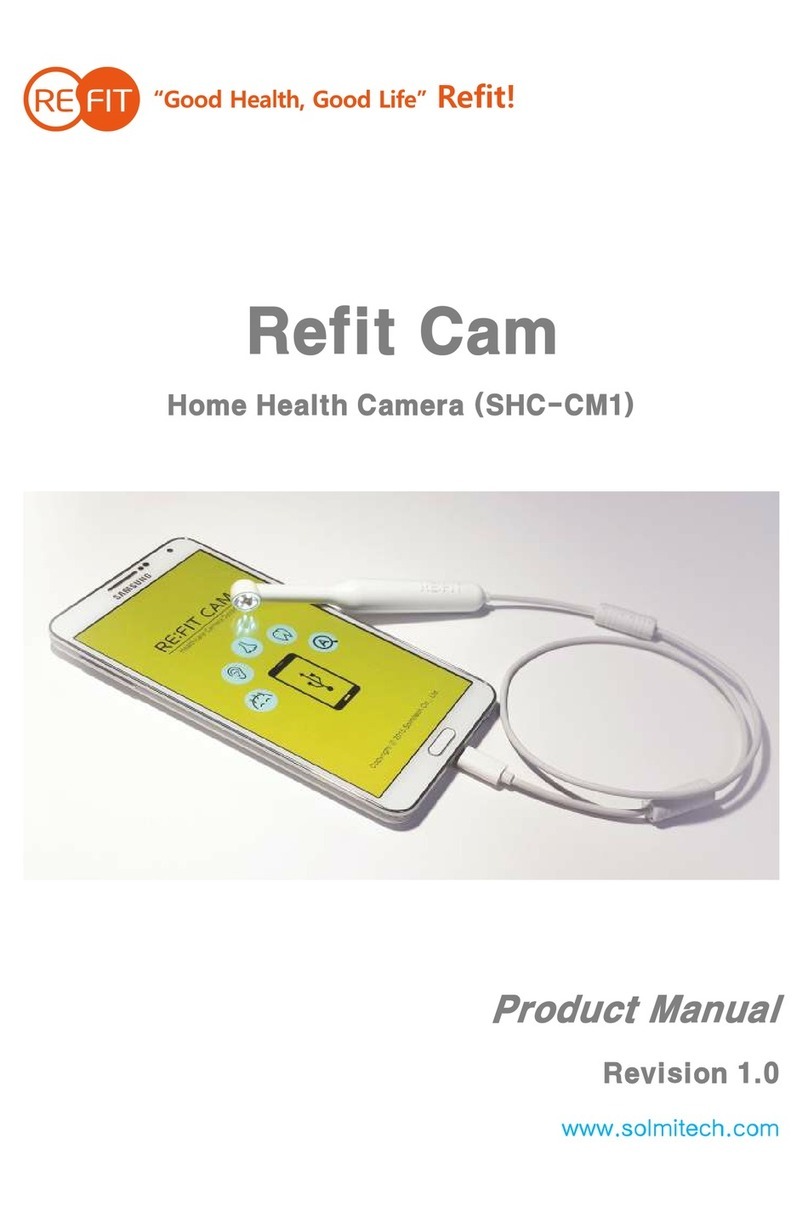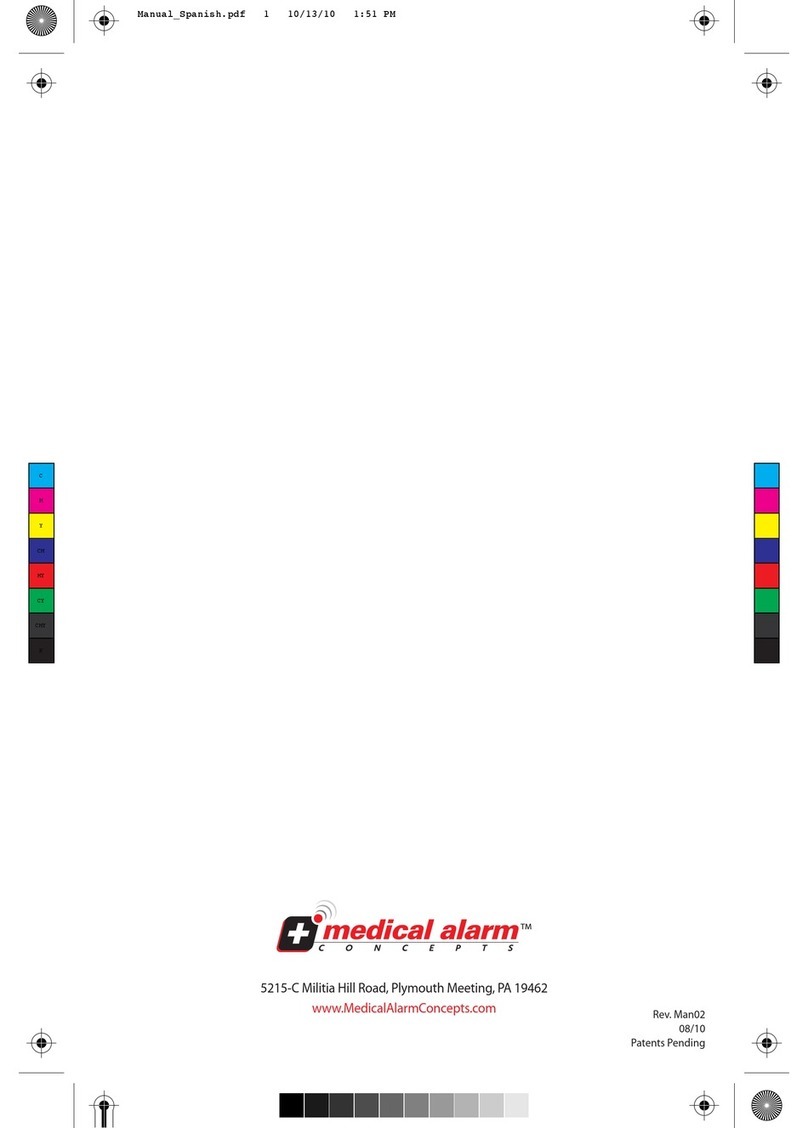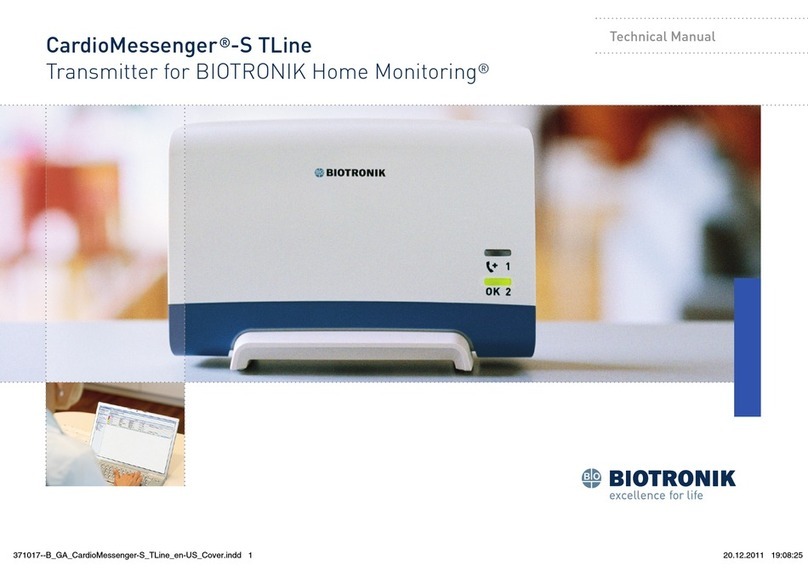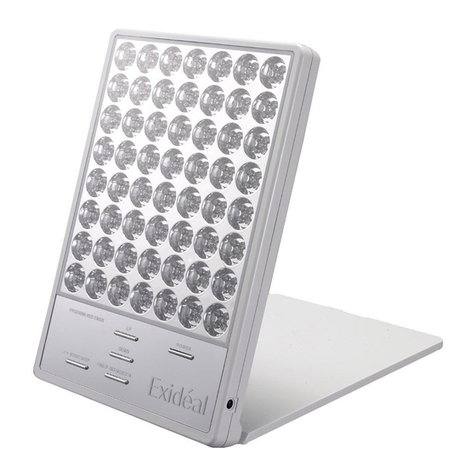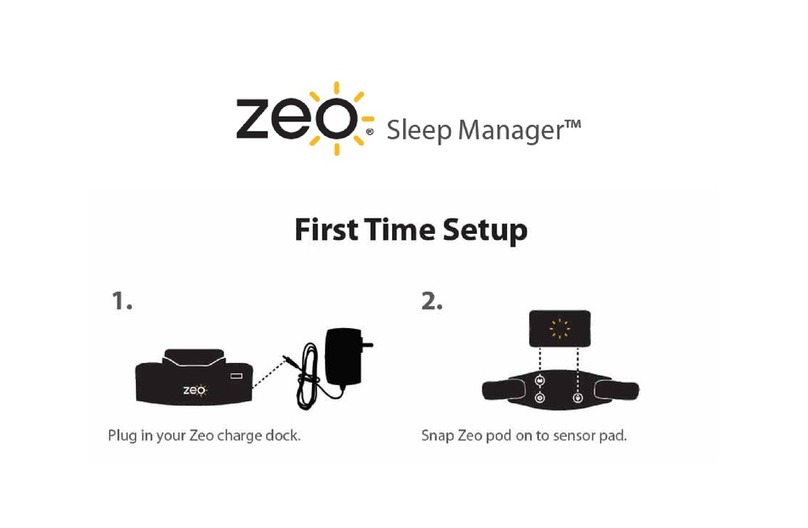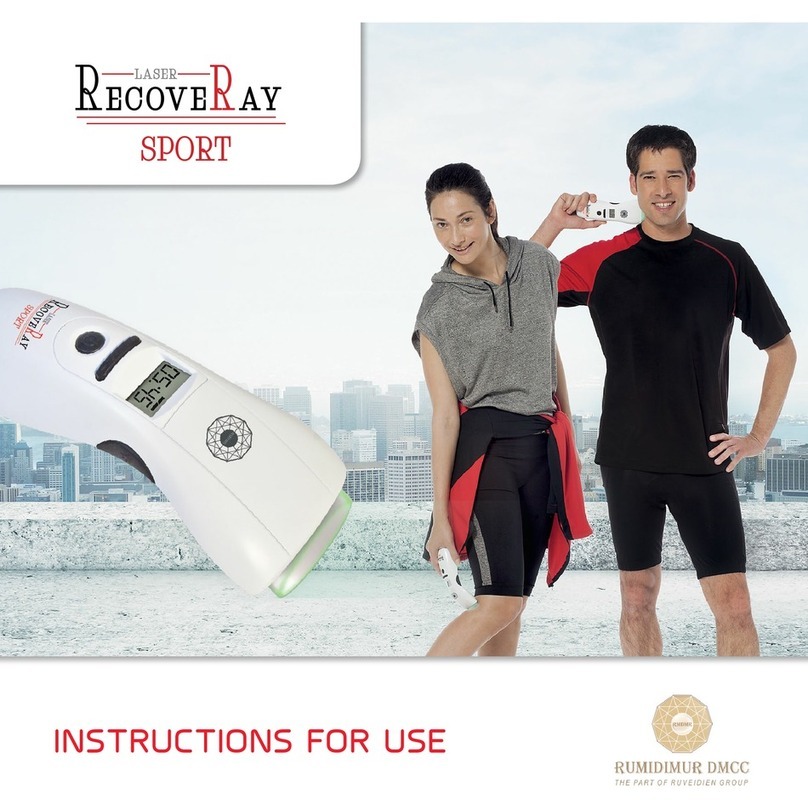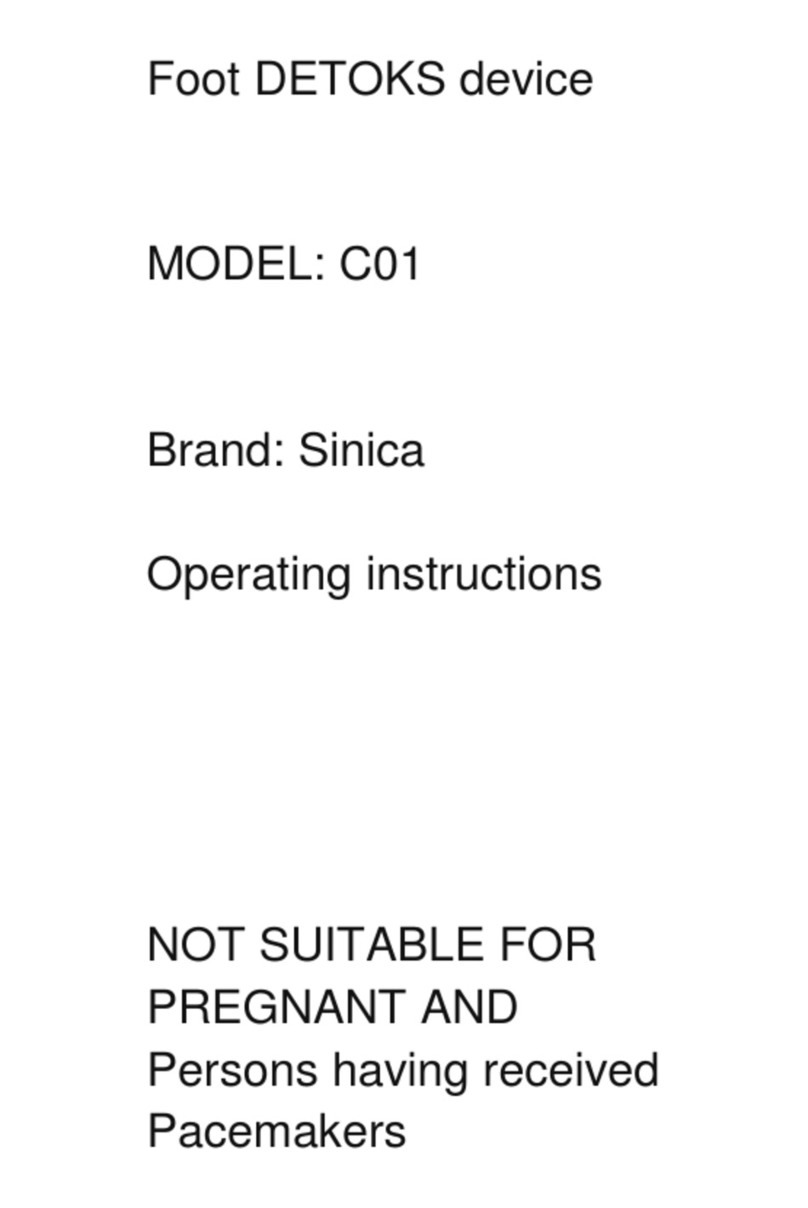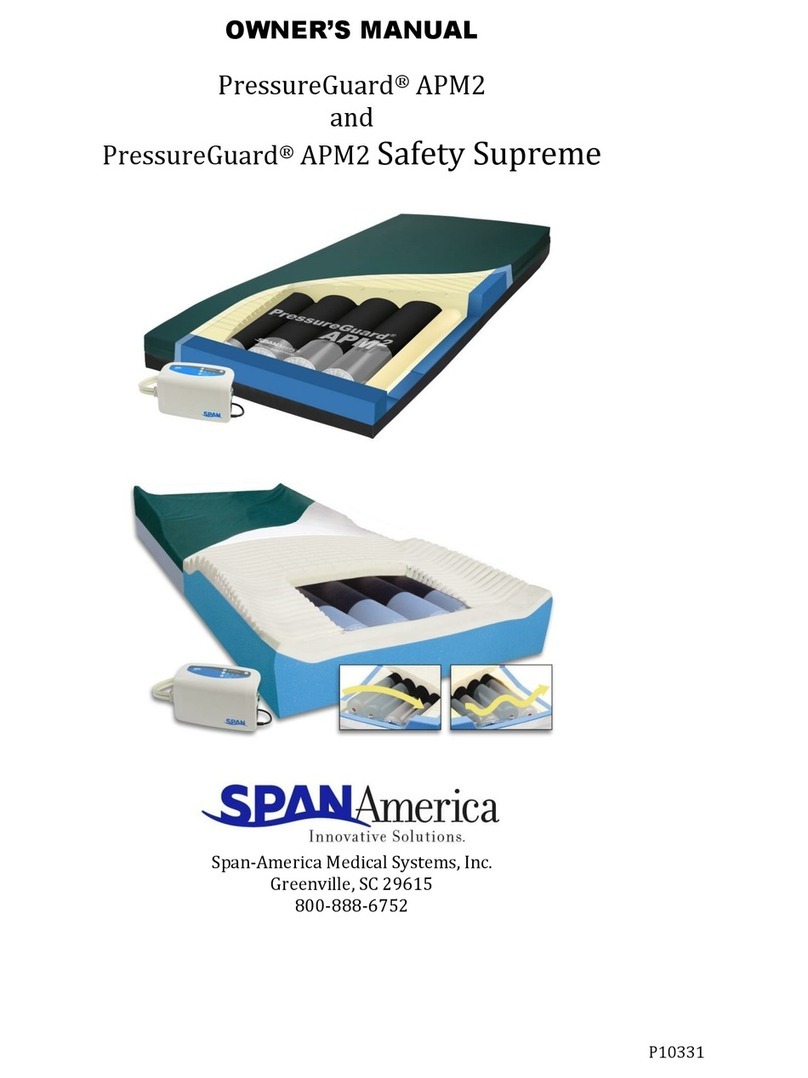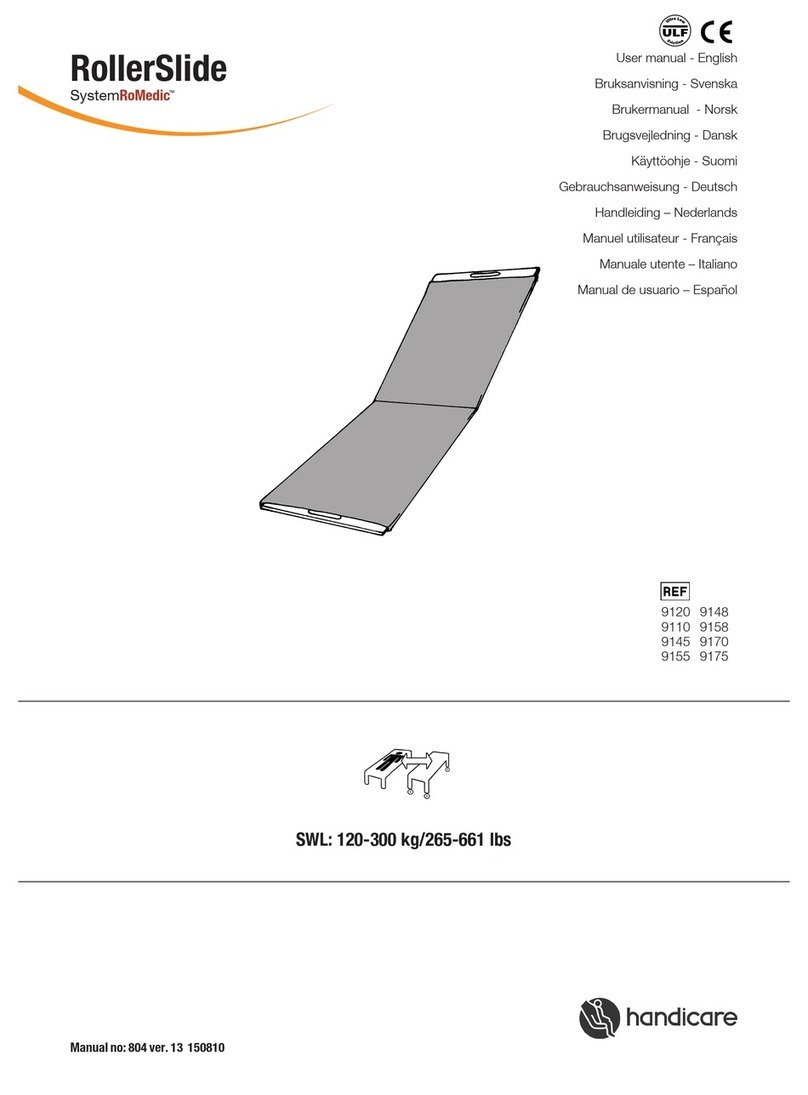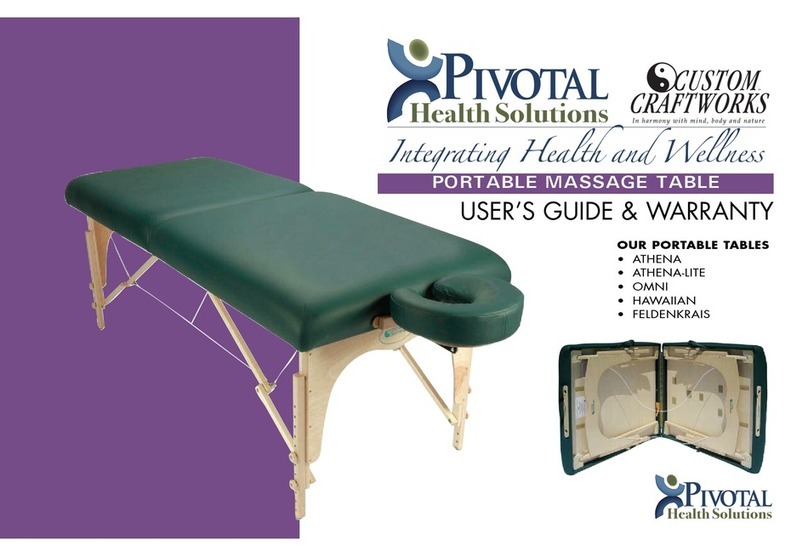6Trial Stimulator Manual
Important Safety Information
Important Safety Information
Contraindications
Diathermy. Shortwave, microwave and/or therapeutic ultrasound diathermy must not be used
on SCS patients. e energy generated by diathermy can be transferred through the SCS system,
causing tissue damage at the lead site which may result in severe injury or death.
Warnings
Electrocautery. Electrocautery devices should not be used in close proximity to an SCS trial
system. Contact between an active electrode and an implanted SCS system component can cause
direct stimulation of the spinal cord, which may result in severe injury to the patient
If use of electrocautery is necessary:
1. Turn the EPG o.
2. Use bipolar cautery.
3. Verify system and therapy function aer electrocautery use.
Electromagnetic Interference. Strong electromagnetic elds can potentially turn stimulation o
or change the strength of stimulation, which may cause an uncomfortable or jolting sensation. If
uncomfortable stimulation occurs, advise patients to move away from the area or turn stimulation
o.
Patients should also exercise care around:
• e detectors or security screeners such as those used at entrances or exits of department
stores, libraries, and other public establishments, and airport security screening devices.
Patients should exercise caution when approaching such a device and should request
assistance to bypass the device. If the patient must proceed through the device, the patient
should turn the EPG o and proceed with caution, moving through the center of the screener
as quickly as possible.
• Power lines or power generators
• Electric steel furnaces and arc welders
• Large, magnetized stereo speakers
• erapeutic magnets
